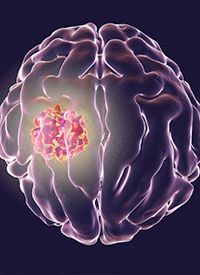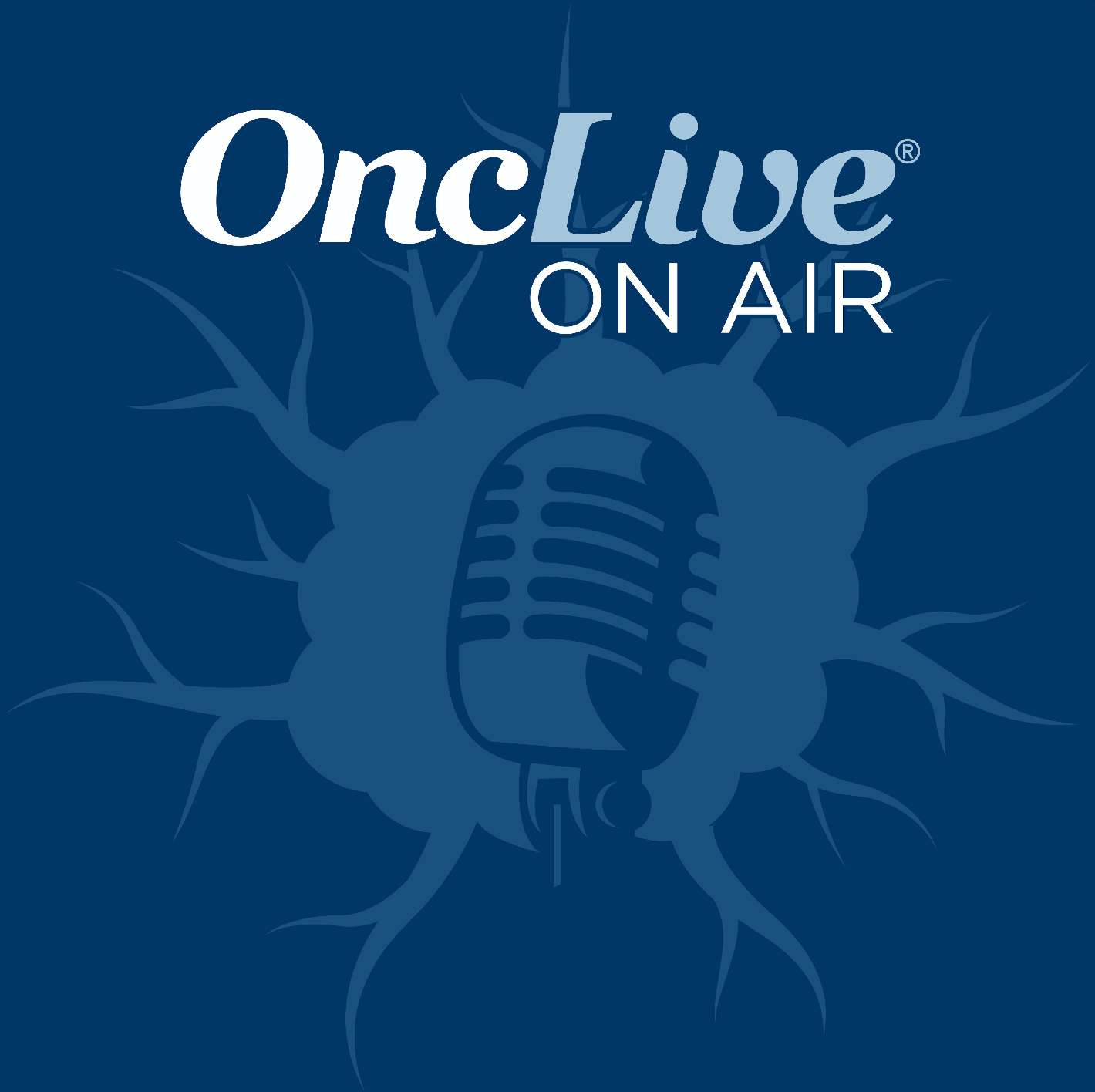Article
Bevacizumab Plus Reirradiation Improves PFS in Glioblastoma Multiforme
Author(s):
Bevacizumab along with reirradiation extended progression-free survival compared with bevacizumab alone for patients with recurrent glioblastoma multiforme.

Bevacizumab (Avastin) along with reirradiation (re-RT) extended progression-free survival (PFS) compared with bevacizumab alone for patients with recurrent glioblastoma multiforme (GBM), according to findings from the prospective phase 2 NRG Oncology/RTOG1205 trial (NCT01730950).
The median PFS for bevacizumab/re-RT was 7.1 months vs 3.8 months for bevacizumab monotherapy (HR, 0.73; 95% CI, 0.53-1.0; P = .05). The 6-month PFS rate improved from 29.1% (95% CI, 19.1%-39.1%) with monotherapy to 54.3% (95% CI, 43.5%-65.1%) with the combination (P = .001).
“Optimal treatment for patients with recurrent GBM remains controversial. Although the combination of re-RT and [bevacizumab] did not significantly improve OS for patients with [bevacizumab]-naïve recurrent GBM, NRG Oncology/RTOG1205 confirmed meaningful improvement in PFS, including the 6-month PFS rate, with concurrent re-RT and bevacizumab compared with bevacizumab alone, which most patients consider clinically beneficial,” the study authors wrote.
“This is especially true when considering that treatment was safe and well tolerated with no delayed central nervous system [CNS] treatment–related toxicities. re-RT remains a reasonable option for patients with small volume of recurrence, methylated MGMT promoter status, and good KPS. re-RT should not be withheld on the basis of age as treatment remains safe and results in comparable outcomes.”
However, investigators concluded that the PFS benefit did not translate into superior overall survival (OS) with the combination (HR, 0.98; 80% CI, 0.79-1.23; P = .46). At a median follow-up of 12.8 months (range, 0.03-52.8) the median OS was 10.1 months in the experimental arm vs 9.7 months in the monotherapy arm.
From December 2012 to April 2016, investigators recruited 182 patients from 90 institutions who had recurrent GBM with histopathologically confirmed or unequivocal imaging evidence of tumor progression within 21 days of study registration. Ninety patients were randomly assigned to 10 mg/kg bevacizumab once every 2 weeks until progression along with 35 Gy re-RT in 10 fractions, using 3D conformal RT, intensity-modulated RT, or protons. Eighty-four patients were eligible for analysis.
Ninety-two patients were assigned to the same regimen of bevacizumab without re-RT. Eighty-six were eligible for analysis.
The median patient age was 59 years (range, 25-87). Women made up 47.6% of the cohort and the majority of patients were White (82.9%). Nearly all (94.7%) patients had GBM. Four (2.4%) patients had gliosarcoma and 5 (2.9%) had “other” tumor types.
Pretreatment, patients in the re-RT arm were more likely to have KPS of 60 (8 vs 3), moderate-to-severe neurologic symptoms (11 vs 6), and treatment at second or third relapse (22 vs 11). Investigators had data on MGMT methylation status from the primary tumor for 81 patients. The methylation rate was 30% in the monotherapy arm and 38% in the re-RT arm.
Twelve patients on the monotherapy arm received re-RT as salvage therapy. Multivariable
Cox models showed that older age (HR, 1.51; 80% CI, 1.13-2.01; P = .065) and lower KPS (60 vs 90-100: HR, 3.97; 80% CI, 2.37-6.66; P <.001 and 70-80 vs 90-100: HR, 1.70; 80% CI, 1.33-2.18; P = .005) were associated with worse OS.
Investigators conducted multivariable models for patients with available primary tumor MGMT promoter methylation status. Unmethylated promoter methylation status (HR, 2.51; 80% CI, 1.68-3.76; P = .003) and lower KPS (60-80 vs 90-100: HR, 2.23; 80% CI, 1.58-3.14; P = .003) were associated with poorer OS.
Investigators recorded 4 (5.3%) deaths in the monotherapy arm and 8 (9.6%) in the experimental arm, but only 2 deaths, 1 due to intratumoral hemorrhage and the other unspecified, were thought to be related to protocol treatment. Four (4.8%) patients in the experimental arm reported acute grade 3 or higher treatment-related (TR) CNS adverse events (AEs). No patients in the control arm experienced CNS TRAEs.
Reference
Tsien CI, Pugh SL, Dicker AP, et al. NRG Oncology/RTOG1205: a randomized phase II trial of concurrent bevacizumab and reirradiation versus bevacizumab alone as treatment for recurrent glioblastoma. J Clin Oncol. Published online October 19, 2022. doi:10.1200/JCO.22.00164








